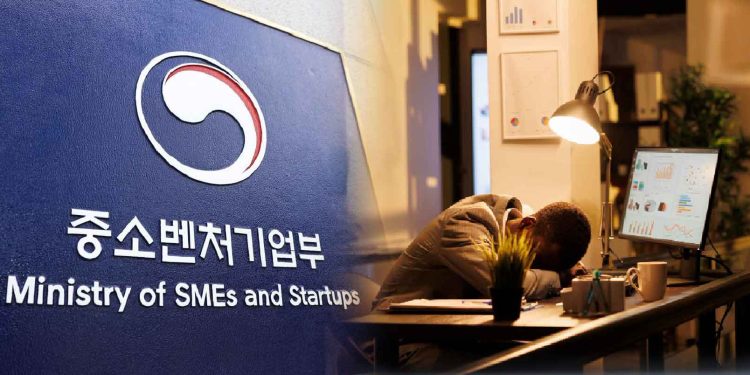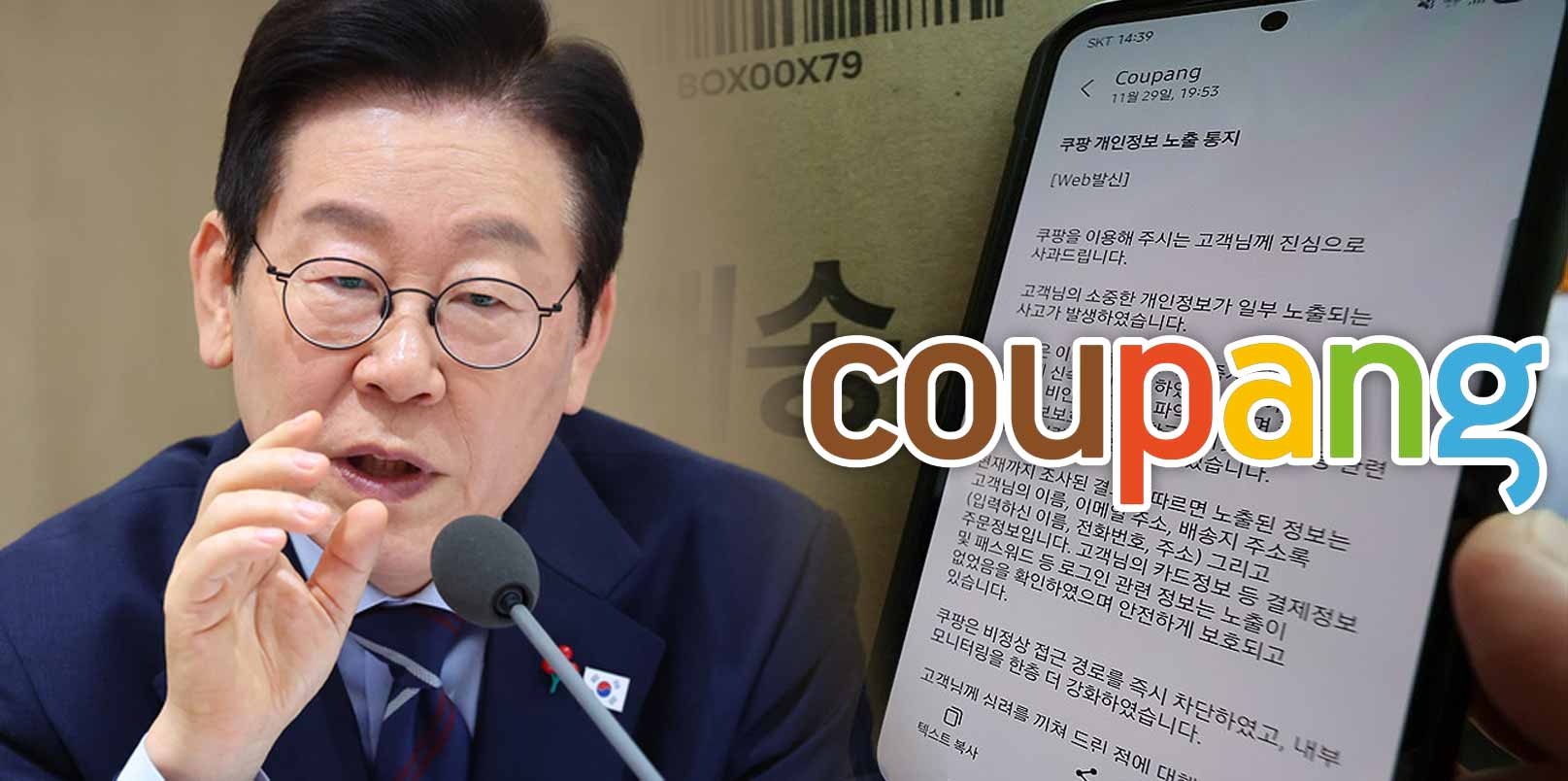Korea’s startup ecosystem is entering a critical phase. Despite record government spending, nearly half of early-stage ventures collapse before reaching maturity—a so-called the “Death Valley” of Korean startups. New data on the Pre-Startup Package reveal the limits of front-loaded funding, and it raises urgent questions about whether Korea’s innovation model can evolve to support true scale-up growth.
Korea’s Flagship Startup Programs Face Harsh Reality Check
New data reveal that four out of ten startups supported by Korea’s flagship government startup programs shut down within five years, underscoring a growing concern that early-stage support alone is not enough to sustain long-term growth.
According to figures submitted by the Ministry of SMEs and Startups (MSS) to Rep. Seo Il-jun of the People Power Party, 39.6% of startups funded through the 2019 Pre-Startup Package had closed by 2023.
That rate is more than 10 percentage points higher than the five-year average closure rate for all government-supported startups, which stands at 27.8%.
The findings highlight a deep structural challenge within Korea’s startup support model—one that remains heavily front-loaded and struggles to help founders scale after the early launch phase.
The Startup “Death Valley” in Korea’s Innovation Landscape
Analyses of 9,297 startups backed by the Pre-Startup Package show that the closure rate remains under 10% in the first two years but jumps to over 20% from the third year onward. This critical period—often called the “Death Valley”—is when early grants and seed funding taper off, leaving startups to navigate the market with limited resources.
The issue extends beyond simple closures. Many companies effectively cease operations while remaining legally active, often employing one or no staff. Within the Youth Startup Academy, another key MSS program, 51% of the 6,962 supported companies were classified as “effectively closed.”
The numbers are even starker among earlier cohorts: 69% of startups funded in 2018 and 58% funded in 2019 are now inactive. These figures show how quickly early momentum fades once startups enter the market without continued financial or strategic support.
Short-Term Focus, Long-Term Risk
A closer look at employment data reveals a similar pattern. Startups that initially expanded their teams during the first year of support began reducing staff by the third year.
Among the 1,044 companies backed in 2021, total employment fell from 3,585 to 3,348 by 2024. Startups funded in 2022 also saw a decline from 2,491 to 2,254 employees over the same period.
A Ministry of SMEs and Startups official acknowledged the imbalance in support design:
“It is true that most startup funding programs are concentrated on the early stage, and there is concern about closures after the initial support ends. We are implementing follow-up management to prevent post-support shutdowns.”
Rep. Seo Il-jun warned that the current approach may be unintentionally fueling the cycle of short-lived ventures:
“If the government continues to rely on easy, short-term funding, startups will keep falling off the three-year survival cliff. The focus must shift from quantity to quality—from creating startups to helping them scale sustainably.”
The “Death Valley” Phenomenon: Why Korea’s Startup Growth Still Stalls
Korea’s Pre- Startup Package and Youth Startup Academy have become cornerstones of national entrepreneurship policy.
Each startup typically receives KRW 50 million to 100 million (USD 36,000–72,000) in seed funding, with the government investing over KRW 130 billion (USD 96 million) annually across both programs.
While these initiatives have helped thousands of founders start businesses, critics argue that the support pipeline remains fragmented. Early-stage funding ends abruptly, with few mechanisms to bridge the gap toward venture capital, corporate partnerships, or global expansion.
Industry experts note that unlike ecosystems in the U.S. or Israel, where early grants transition into growth capital and mentorship from private investors, Korea’s public programs often stop short of facilitating that next phase. The result is a large pool of startups that succeed in launching but fail to scale or globalize.
This structural weakness—short-term assistance without scale-up continuity—has become one of the biggest barriers to Korea’s innovation competitiveness in global markets.
Toward a Scale-Up Policy Framework for Korean Startups
Korea’s startup ecosystem has matured rapidly over the past decade, yet it remains heavily reliant on government-driven support rather than sustained private investment. The challenge now is to build a scale-up policy model that connects early funding to mid- and late-stage growth.
Because without these reforms, the current system risks reinforcing short-lived ventures that start fast but fade quickly—a cycle that undermines Korea’s ambitions to become an Asia-Pacific startup hub.
More Korean Startups Support: Moving Beyond the Numbers
The sharp rise in five-year closure rates is a warning sign for Korea’s entrepreneurship ecosystem. While the government’s early-stage support has expanded access and visibility for founders, sustainability remains elusive without structured follow-up capital, mentorship, and market access.
After all, the success of a startup ecosystem is not measured by how many companies are created, but by how many survive, scale, and contribute to long-term economic growth.
That is why Korea’s next chapter in startup policy will depend on whether it can move beyond launch-stage optimism and build an ecosystem where startups not only begin—but endure.
– Stay Ahead in Korea’s Startup Scene –
Get real-time insights, funding updates, and policy shifts shaping Korea’s innovation ecosystem.
➡️ Follow KoreaTechDesk on LinkedIn, X (Twitter), Threads, Bluesky, Telegram, Facebook, and WhatsApp Channel.





